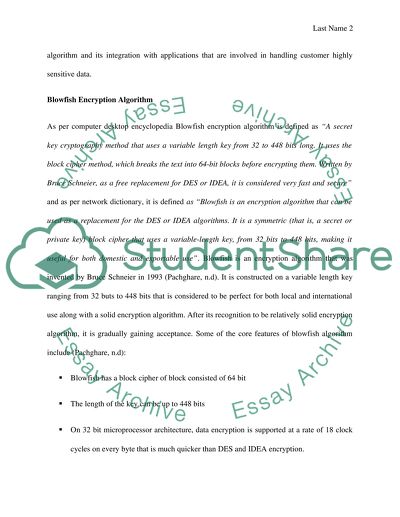Cite this document
(“Blowfish Encryption Algorithm Essay Example | Topics and Well Written Essays - 2000 words”, n.d.)
Retrieved from https://studentshare.org/information-technology/1442708-blowfish-encryption-algorithm
Retrieved from https://studentshare.org/information-technology/1442708-blowfish-encryption-algorithm
(Blowfish Encryption Algorithm Essay Example | Topics and Well Written Essays - 2000 Words)
https://studentshare.org/information-technology/1442708-blowfish-encryption-algorithm.
https://studentshare.org/information-technology/1442708-blowfish-encryption-algorithm.
“Blowfish Encryption Algorithm Essay Example | Topics and Well Written Essays - 2000 Words”, n.d. https://studentshare.org/information-technology/1442708-blowfish-encryption-algorithm.


